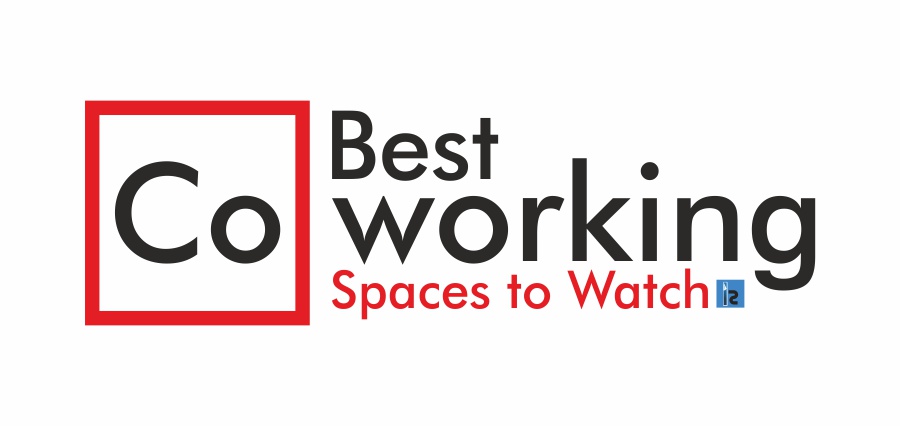A reasonable prediction: most of the young adults joining the workforce today will probably live for 60 more years on average. A large portion of that time will be spent working, and most likely one’s life will be heavily affected by the kind of work that they do. So, if you do not enjoy your work then you are condemning yourself to 60 years of torture. This is why, your workplace matters; its layout, its environment, and its functional design are all the things that matter as they affect the quality of work that you do.
Corporations realise this aspect of the work environment as it affects their employers’ productivity, and hence, their output. Then one might ask, why do so many companies deploy open office layouts these days? A good justification is the idea that delimiting special boundaries between colleagues will lead to greater collaboration and smarter collective intelligence. A sociology major might verify this notion citing that proximity predicts social interaction – acting as a primer for the formation of social ties and therefore information exchange and collaboration.
Coworking spaces are all the rage now. And in that, the concept of ‘corporate coworking’ has been gaining a lot of traction of late. It is distinct from traditional coworking which is a well-rooted concept where a bunch of start-ups and entrepreneurs share a facility that supports their launch. Corporate coworking refers to a new model of the same concept in which employees of a major corporation share a space where startups or employees from other corporations work together with them.
But don’t go thinking that this is another cost-cutting method or a way to provide space for expansion. The primary reason that coworking spaces exist is to cultivate and test out new and innovative ideas.
Microsoft was really the first massive organisation to incorporate flexible working spaces into its working model back in 2016, announcing that several of their employees would work from WeWork locations in various places. Soon, several Fortune 500 companies like Facebook, Bank of America, HSBC, Salesforce, Jaguar Land Rover, and IBM followed suit.
This change in the working models of such corporations drew a lot of eyes. Researchers who study how employees thrive were surprised that people who belong to them, report levels of thriving that approach average levels of a few points higher than that of employees who do their jobs in regular offices.
But what makes coworking spaces so effective? Let’s look at some of the points as laid out by studies and stories of people who work in such an arrangement.
Unlike a traditional office setting, coworking spaces consist of members who work for a range of different companies, ventures, and projects. As there is little direct competition or internal politics, members don’t feel like they have to put on a work persona to fit in. People who use coworking spaces thus, see their work as more meaningful. Additionally, companies benefit from the same as they get to generate and test ideas by harnessing the power of a diverse group of non-employees.
The energy and the free exchange of ideas that exist when so many smart and innovative people work in a relatively small geographic location is compelling of a reason enough to join the cause of the coworking revolution. Detractors say that such workplaces lead to increased distractions. Counterintuitively though, Cal Newport – celebrated author of books like ‘Deep Work’ and ‘Study Hacks’ – reported from the studies that he conducted that a coworking environment is directly relational to decline in face-to-face interactions, hence fewer disruptions.
It is settled then: coworking spaces are more productive, promote meaningfulness, and most of all – fun! In this edition of the Insights Success Magazine – ‘Best Co-working Spaces to Watch’, it is our pleasure to introduce to our readers some of the premier coworking shared spaces in the holy land of India, which facilitate an awesome, thrill-imbibed work culture.
So, gather your co-workers around, drop the task at hand and park yourself on a beanbag. Because it’s going to be a good one.
Happy reading!
– Aditya Umale


